With the pressures of contemporary life, our health can begin to suffer. Adaptogens such as ashwagandha can help alleviate these effects and support the nervous system, along with providing many other health benefits. Today, I’m sharing the advantages of ashwagandha and instructions for making an ashwagandha tincture to add to your home apothecary.
What is Ashwagandha?
Ashwagandha, also known as Indian ginseng, or by its scientific name, Withania somnifera, has been used in traditional African medicine for various ailments, utilizing the leaf and other parts of the plant. Nowadays, the root is chiefly used in modern applications. In Ayurvedic medicine, it has been employed for over millennia for conditions ranging from mental clarity issues to paralysis.
This plant thrives in warm climates and is indigenous to regions such as Africa and India. Nevertheless, it can be cultivated as a potted plant or an annual in colder regions. Mature plants yield vibrant red berries encased in husks, resembling ground cherries.
Benefits of Ashwagandha
Ashwagandha is renowned as an adaptogenic herb, aiding in stress adaptation. Unlike most adaptogens that are invigorating, ashwagandha is calming, making it effective for balancing adrenal function. It was one of the remedies I used to recover from adrenal fatigue.
It also affects the thyroid uniquely. Ashwagandha can enhance the thyroid hormones T3 and T4 while lowering thyroid-stimulating hormone (TSH), making it beneficial for hypothyroid (underactive thyroid) conditions. Conversely, it may cause complications for those with an overactive thyroid or hyperthyroid conditions.
Ashwagandha contributes to our overall wellness in numerous ways. As an adaptogen, it has been clinically proven to alleviate anxiety. It also acts as an immune modulator, restoring balance to an overactive or underactive immune system. In Ayurvedic practice, it is utilized for bodily restoration and strengthening.
Here are additional ways ashwagandha can be incorporated into a wellness routine:
- Alleviates brain fog and unclear thinking
- Eases fatigue by bolstering the nervous system
- Reduces the stress hormone cortisol
- Soothes painful muscles caused by inflammatory autoimmune conditions like rheumatoid arthritis
- Rich in iron, beneficial for anemia
- Mitigates menopausal symptoms such as muscle pain and brain fog
- Enhances intimacy for men
- Improves circulation, blood health, and cholesterol levels
- Anti-inflammatory
- Antioxidant
How to Use Ashwagandha Herb
The most commonly used and researched part of the ashwagandha plant is the root. Ashwagandha powder can be used to brew herbal tea or produce an extract using either alcohol or glycerin for an alcohol-free version. Traditional herbal tinctures extracted with alcohol yield different constituents compared to those made with glycerin.
Drinking tea made from powdered ashwagandha may result in joint pain for some people, according to hormone specialist Magdalena Wszelaki. However, ashwagandha capsules and alcohol-based herbal extracts do not seem to have this issue.
Who Shouldn’t Use Ashwagandha?
As with any herbal supplement, organic ashwagandha root is not suitable for everyone. Individuals with an overactive thyroid may experience exacerbated symptoms after using ashwagandha. It is also deemed unsafe during pregnancy, although it is utilized to enhance lactation during breastfeeding. Furthermore, if you are on barbiturate drugs, it can potentiate or heighten their effects. Nonetheless, this class of medications has largely been replaced by modern drugs.
Consult your natural healthcare provider before supplementing with ashwagandha if you have any medical conditions or are breastfeeding.
Where to Buy It
If you do not grow it in your garden, there are various ways to obtain ashwagandha. Premade herbal products are also available for purchase if you prefer not to make your own.
How to Make Ashwagandha Tincture
I favor tinctures for their longevity, portability, and minimal dosage requirements. Tinctures can be made using two techniques: the simple or folk method, and a more precise weight-to-volume measurement method. Both methods are viable, though you will achieve more uniform results by consistently using the same amount of herb.
Quality ingredients are crucial. Ideally, use organic cane alcohol, which is gluten-free and derived from non-GMO sugarcane instead of corn. If unavailable, 190-proof alcohol can be purchased at local stores. Ashwagandha extracts best with a 70% alcohol solution, so begin with 95% and dilute as needed.
I always opt for organic or wildcrafted herbs to avoid extracting pesticides alongside beneficial compounds. You can find organic cut and sifted ashwagandha herb for purchase.
Using the Simple Method
For those who prefer not to weigh ingredients, the folk method is always an option. It is my preferred method for making tinctures. Simply fill a jar one-third to one-half full with dried or fresh herbs, pour in the alcohol, seal, and let steep for 2-6 weeks. Although easy, some batches may vary in potency.
This recipe follows a standard 1:5 dilution ratio, meaning for every ounce of herb by weight, five ounces of liquid by volume are added. I have already calculated it for you! The alcohol is at 70% strength. If you only have access to 80-proof alcohol (40%), substitute the water in the recipe with additional alcohol. This may result in a less potent tincture, requiring a higher dosage, but it will still be effective.
How to Make an Ashwagandha Tincture (Plus Benefits!)
This simple ashwagandha tincture can provide stress relief, immune support, and more!
Prep Time: 3 mins
Maceration Time: 14 days
Total Time: 14 days 3 mins
Yield: 16 ounces
Author: Katie Wells
Instructions:
- Add the ashwagandha to your jar. Either cut or powdered herb will work.
- Add the alcohol and water next. If they don’t cover the herbs, add more water and alcohol mixture until just covered. Use 3 parts alcohol for every 1 part water.
- Close the lid and store in a cool, dark place for 2-4 weeks, shaking occasionally during this period.
- Once complete, strain the herbs using a fine mesh strainer or cheesecloth and compost them.
- Transfer the filtered tincture to dropper bottles and store in a cool, dark place.
Notes:
- The standard adult dose is 1-10ml three times a day, adjustable to individual needs.
- Properly stored alcohol-based tinctures can last for years.
How Much Does This Make?
Note that the final tincture quantity will depend on factors such as the dryness of your ashwagandha herb and whether you used powdered or cut and sifted variations. Also, the amount of liquid may vary with the effort put into squeezing out the herbs in cheesecloth. However, these variations do not compromise the tincture’s quality.
Have you tried ashwagandha before? What’s your preferred way to use it? Leave a comment to share your experience!




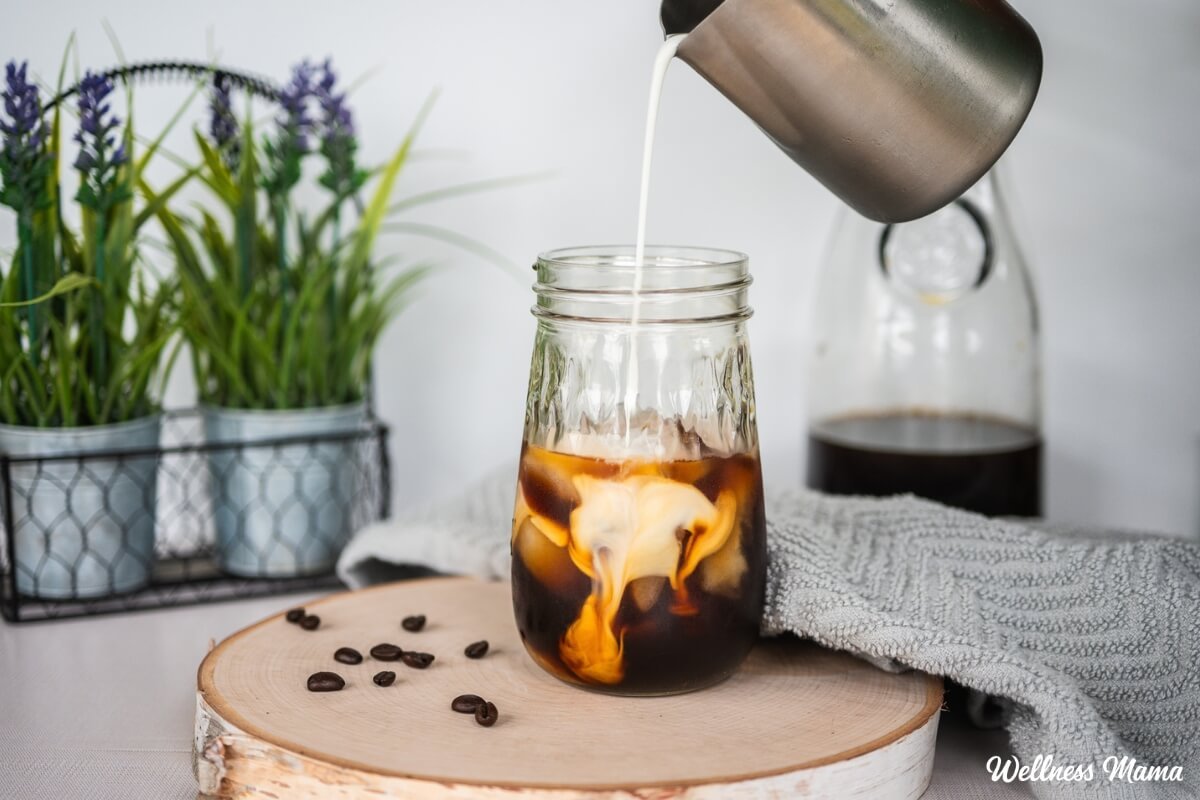
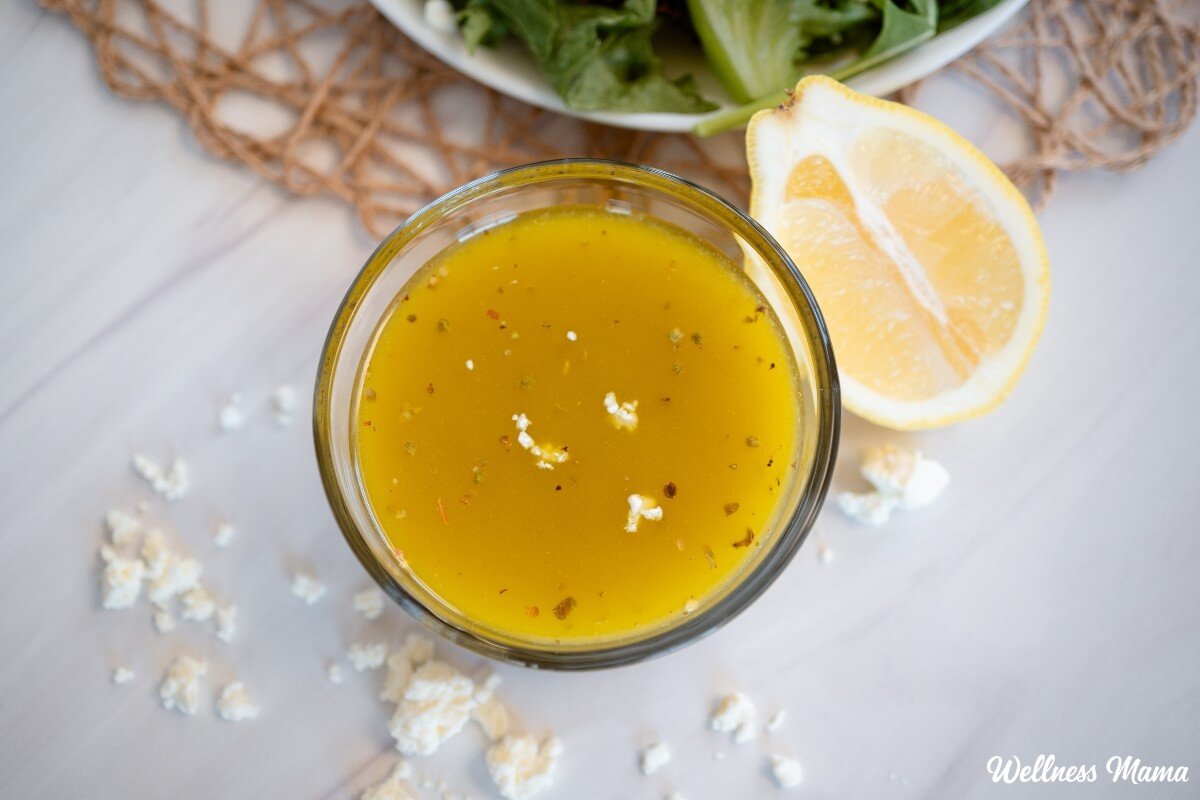
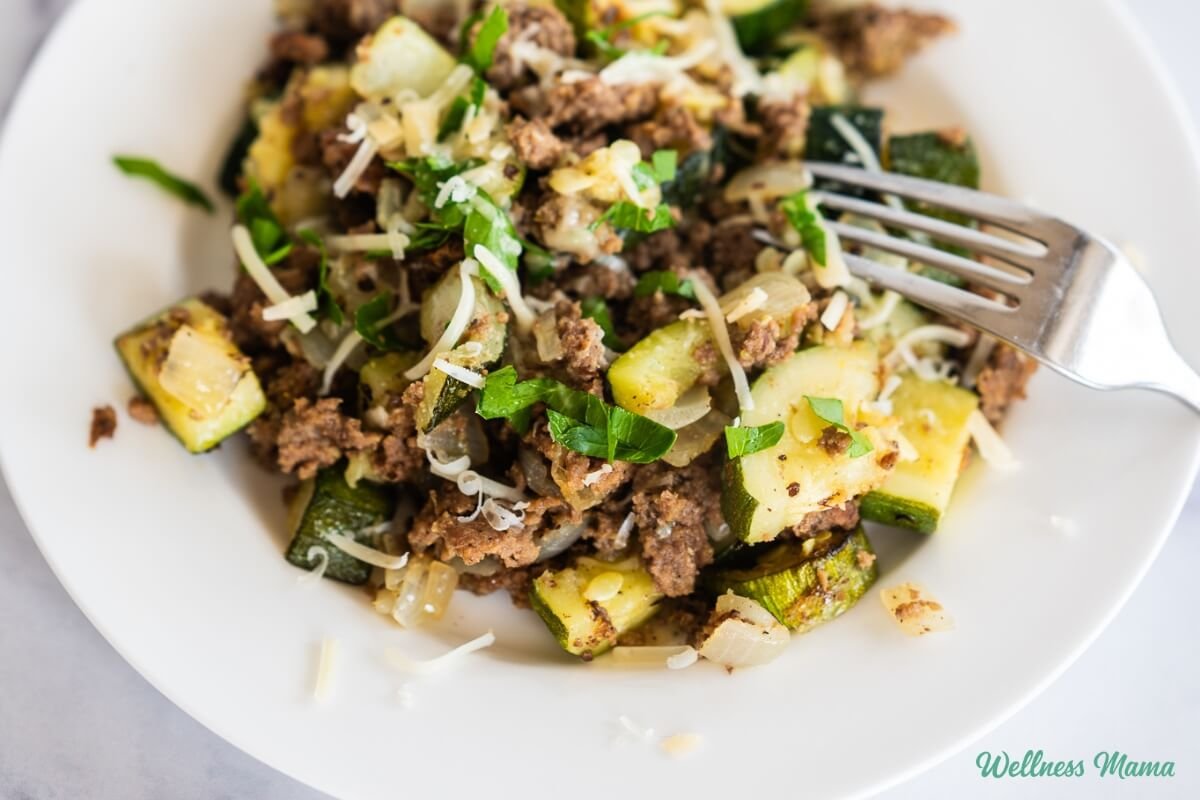

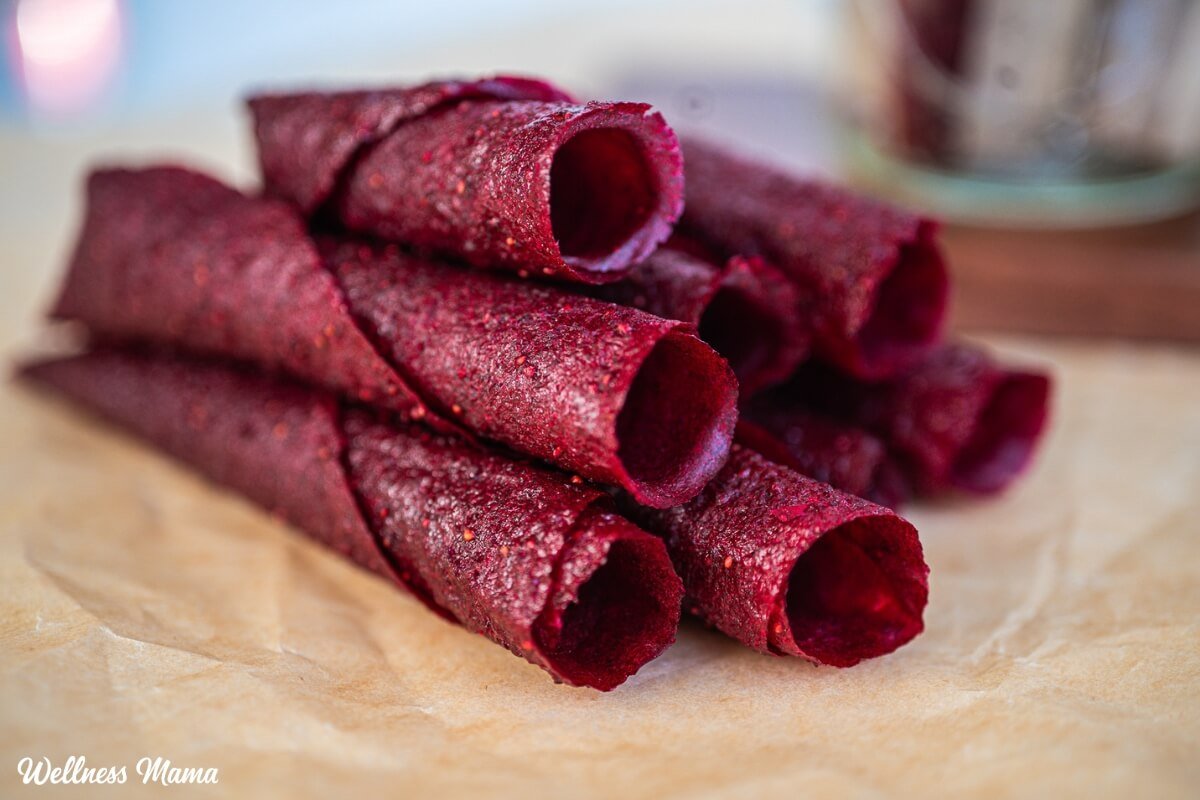


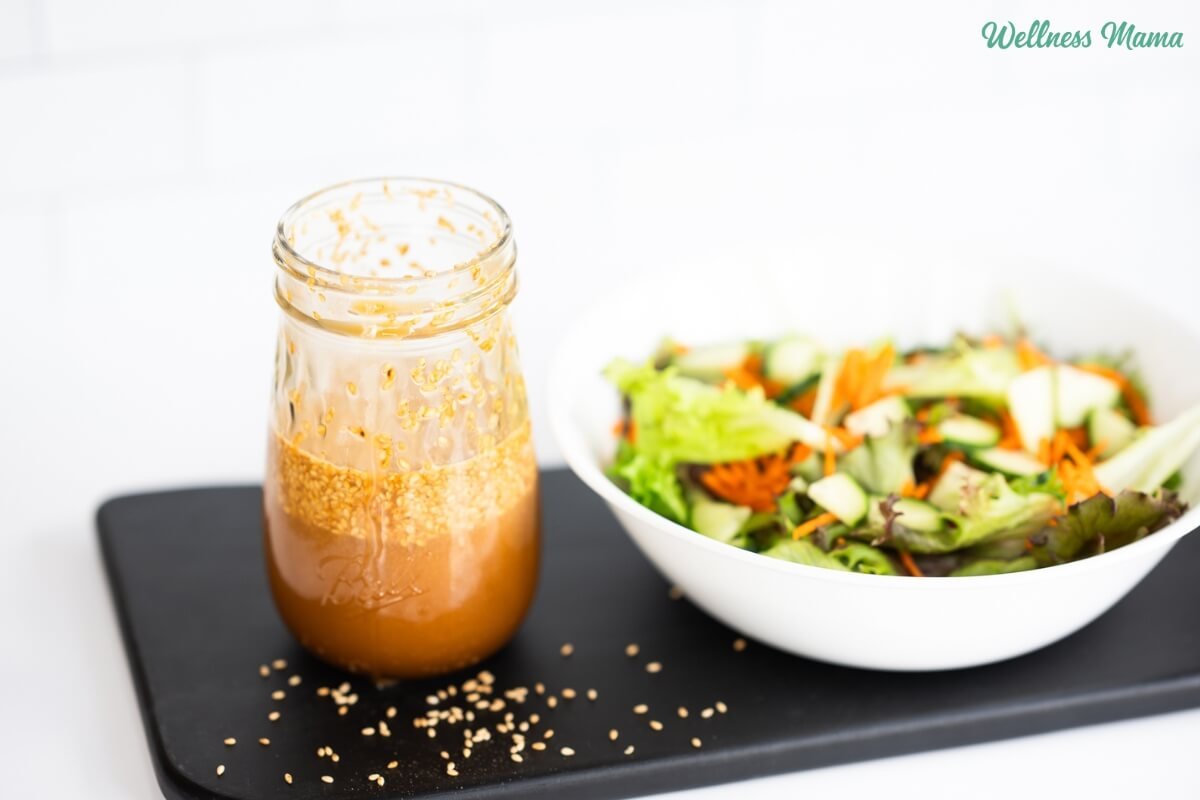
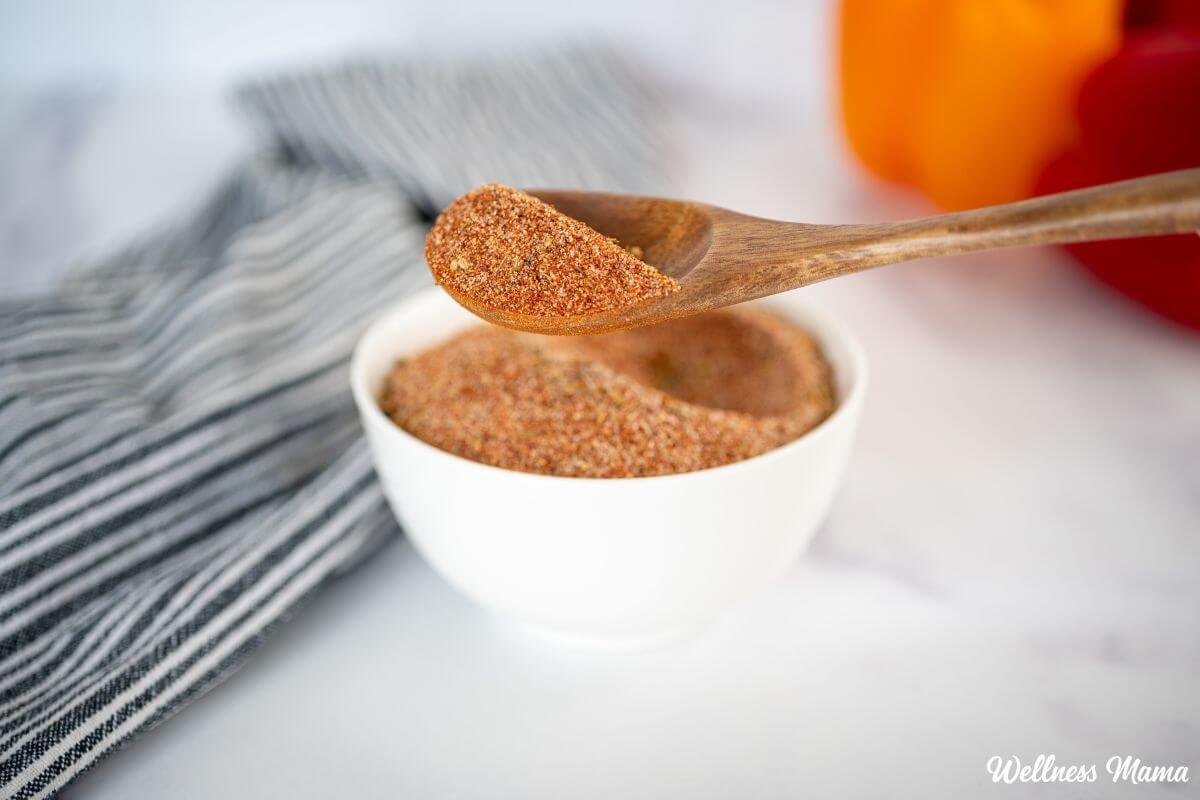
Leave a Reply